Precautions For Using High Speed Disperser | JCT Machinery
 Dec 22,2023
Dec 22,2023

 JCT
JCT
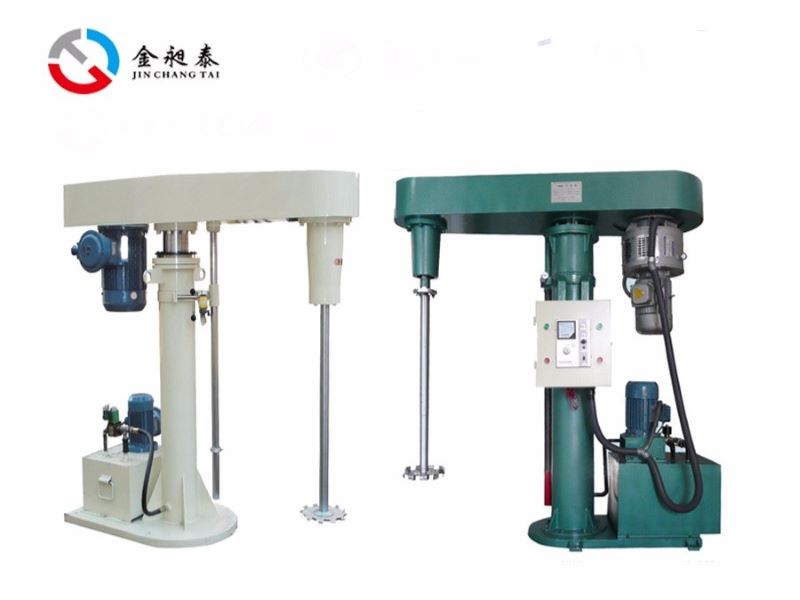
1. Safety
The high speed rotating dispersion shaft and the sharp tospikes on the dege pose a threat to human safety. Do not wear gloves to wipe the running parts. Be careful to prevent other foreign objects from falling into high speed disperser.
2. Oil Filling
Inject lubricating oil into the oil tank as required to the appropriate position of the oil mark. During use, pay attention to the oil level and do a good job of lubricating bearings, gears, etc.
3. Check the impeller
The direction of rotation should be consistent with the marked direction (generally clockwise, with the steering front facing forward). The impeller should be firmly installed and not loose. The outer edge tooth shape should have no obvious deformation and wear. Turn the impeller by hand to rotate flexibly.
4. Rotation Lock
When high speed disperser is running, the rotating handle should be locked to prevent rotation to prevent accidents.
5. Test Machine
High speed disperser will go through the manufacturer's self-inspection test machine when it leaves the factory. After the quipment arrives at customer's site for reinstallation or overhaul, it must be tested and confirmed to be normal before being put into production. The main contens of the test machine are as follow:
Ⅰ. Test the hydraulic lifting system:
Adjust the relief valve to the specified pressure, eliminate the air in the cylinder, check the oil level in the fuel tank, and check that there is no leakage in all connection parts and sealing parts.
Ⅱ. Test the transmission part and dispersion shaft:
Start the main motor and test that the continuously variable transmission can change speed easily and sensitively within the speed range. There is no abnormal phenomena in the transmission part. There is no obvious shaking of the dispersion shaft. The first limit speed of high speed disperser (530-600r/min).
A slight vibration is normal.
Ⅲ. Connections:
Confirm that the connection between the main motor and the oil pump motor is reliable. For safety reasons, do not run the two motors at the same time.
6. Idling is Strictly Prohibited
Whether it is trial operation or production, the impeller must be immersed in a container with liquid before driving, otherwise it is easy to bend the divergent shaft or cause an accident. When you find bending of the dispersion shaft or other abnormal conditions, stop the vehicle immediately.
7. Requirements For Continuous Phase
The viscosity of the continuous phase should be constant. If it is too thin, the effect will be poor. If it is too thick, the fluidity will be poor. The viscosity range is generally 0.1-0.4PA•S. When the material becomes more viscous, it is necessary to add a cylinder clamp to high speed disperser to prevent displacement during operation.
8. Pay Attention To The Device Temperature
Since most of the energy of the disperser is converted into thermal energy, the temperature of the continuous phase increases and the viscosity decreases, which is detrimental to the dispersion effect and also increases the volatilization of some solvents. Therefore, it is necessary to control the temperature rise, shorten the starting time as much as possible, stop the machine to cool down when necessary, or use a jacteted water-cooling mixing tank.
9. Pay Attention To Current
During operation, always pay attention to changes in current. If overload is found, stop high speed disperser to check the cause and take measures before continuing to operate. If the current is too small, the load can be reasonably increased to improve work efficiency.
10. Hygiene
After high speed disperser stops operating, clean the impeller and dispersing shaft in time, tidy up the equipment and maintain sanitation, and finally restore the dispersing shaft to the lowest position.
11. Take Care of Machine
Check and adjust the tightness of the V-belt in time to ensure that there is no abnormal temperature rise in the main motor, hydraulic pump and motor bearings. Vibration and noise, and no leakage in the hydraulic system.


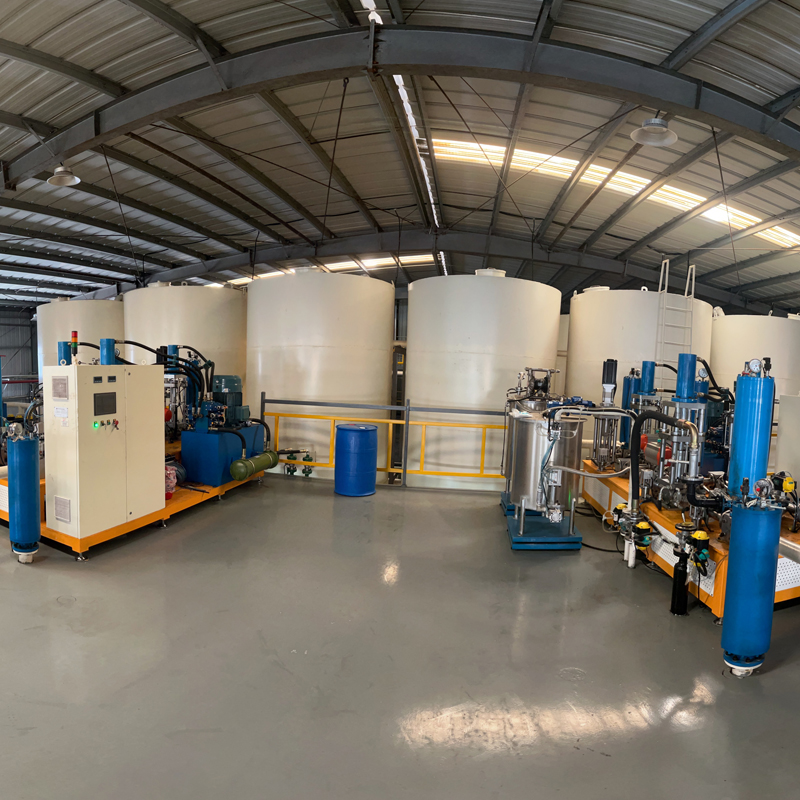
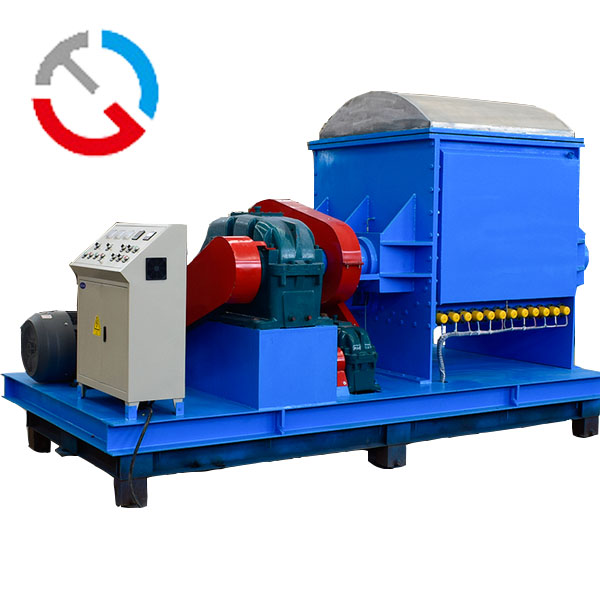
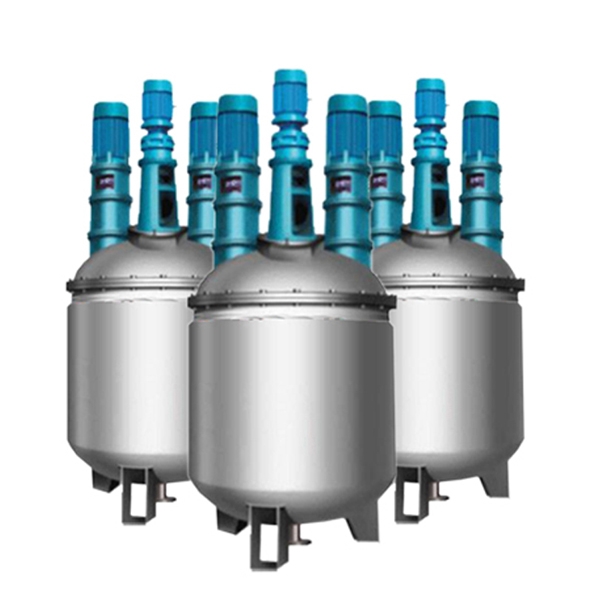
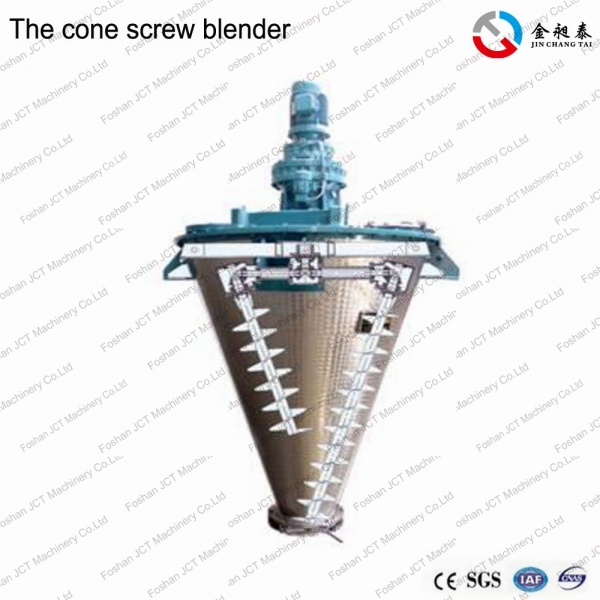


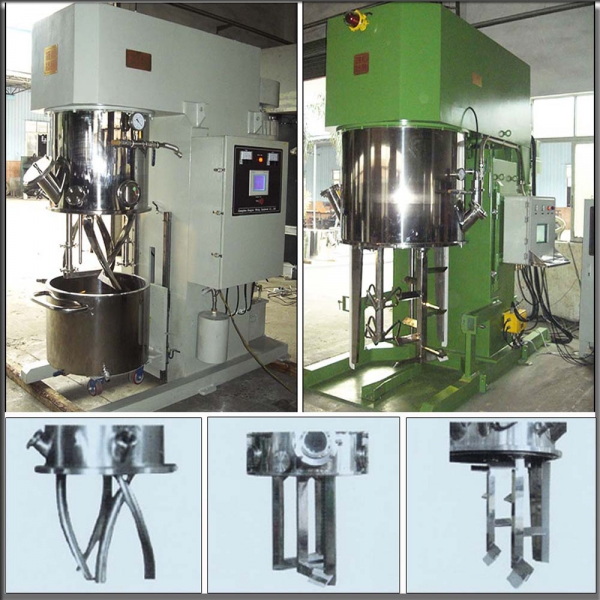







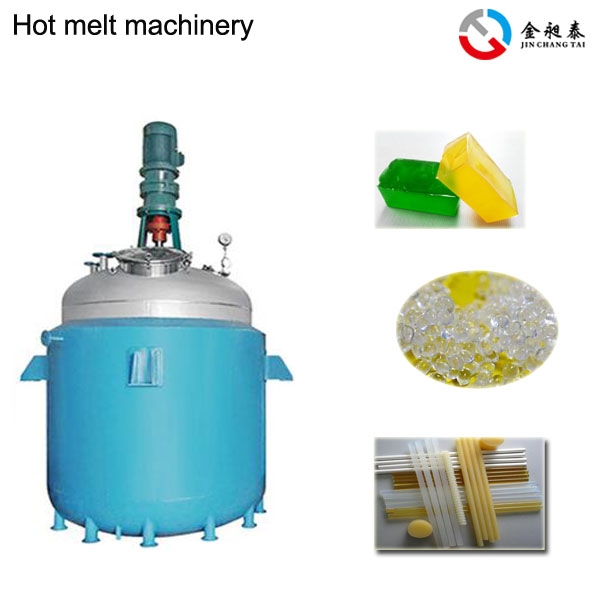
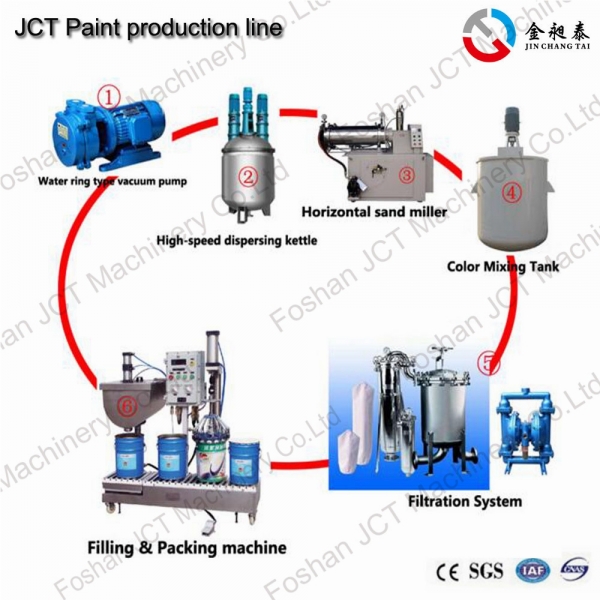
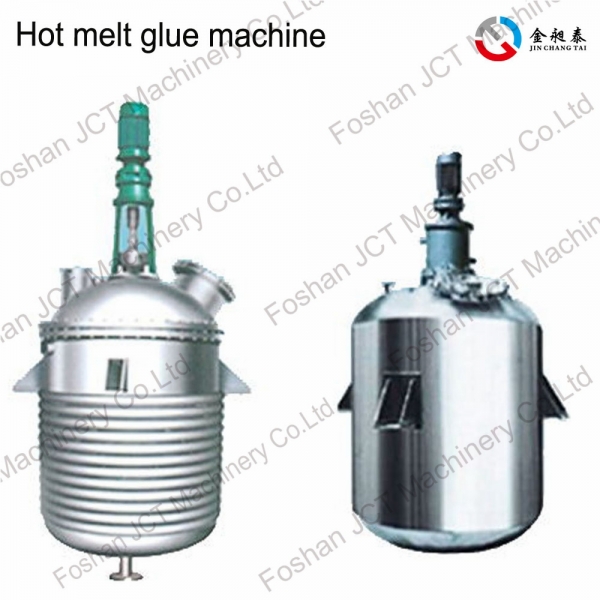
 CN
CN
 HOME
HOME Polyurethane (PU) Sealant Production Process | JCT Machinery
Polyurethane (PU) Sealant Production Process | JCT Machinery  You May Also Like
You May Also Like
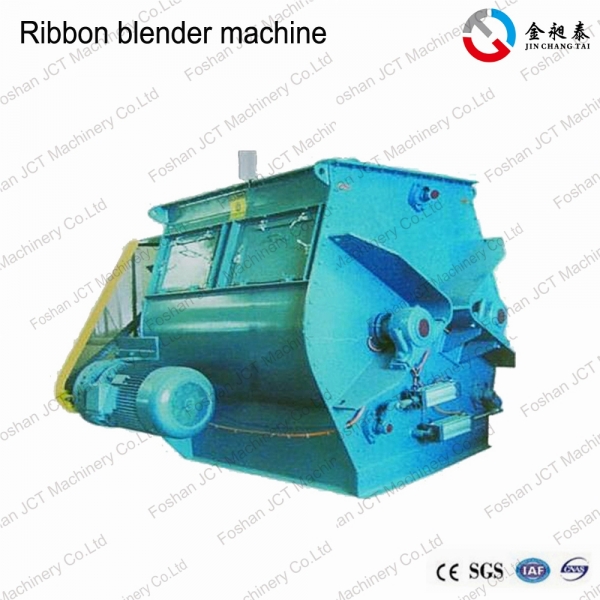

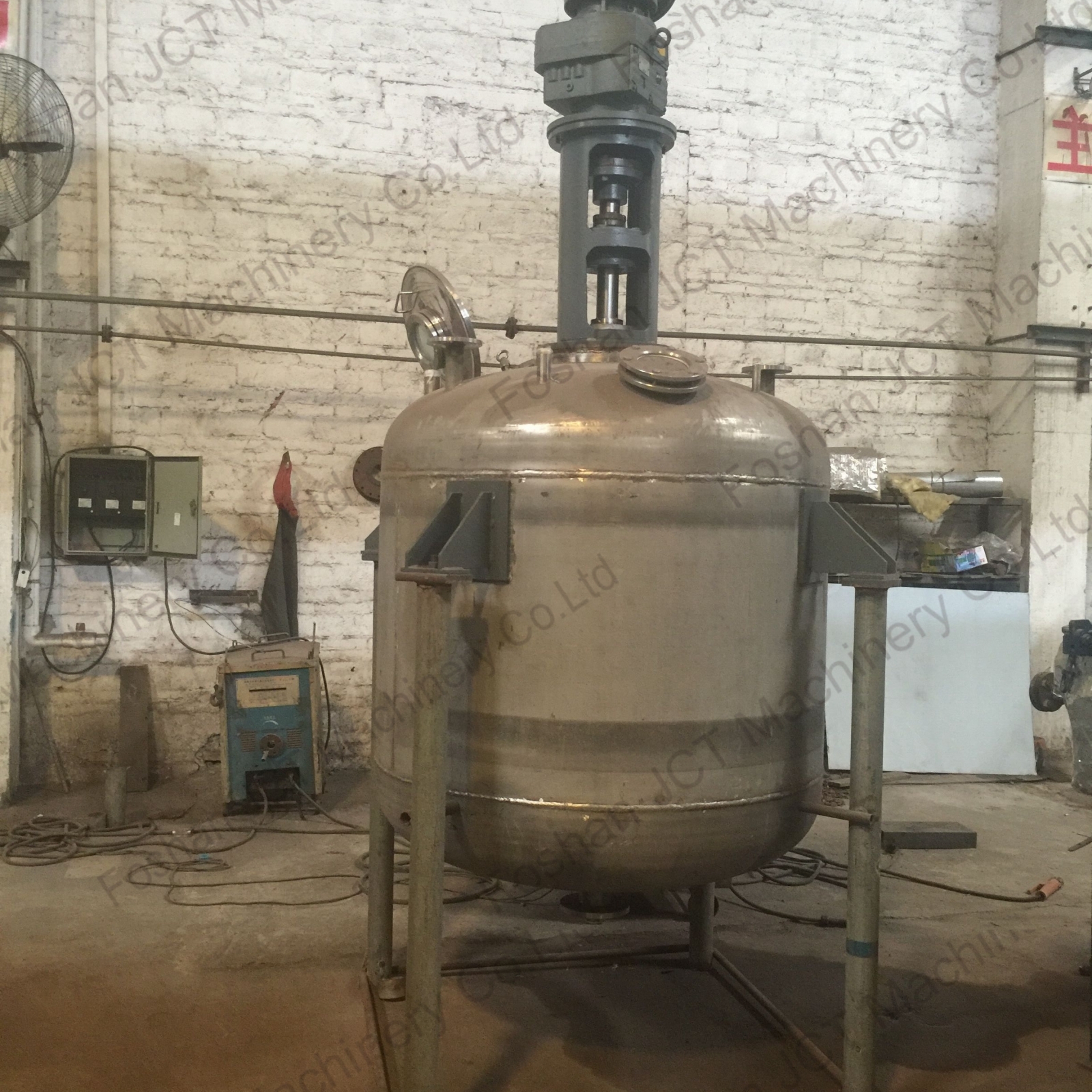
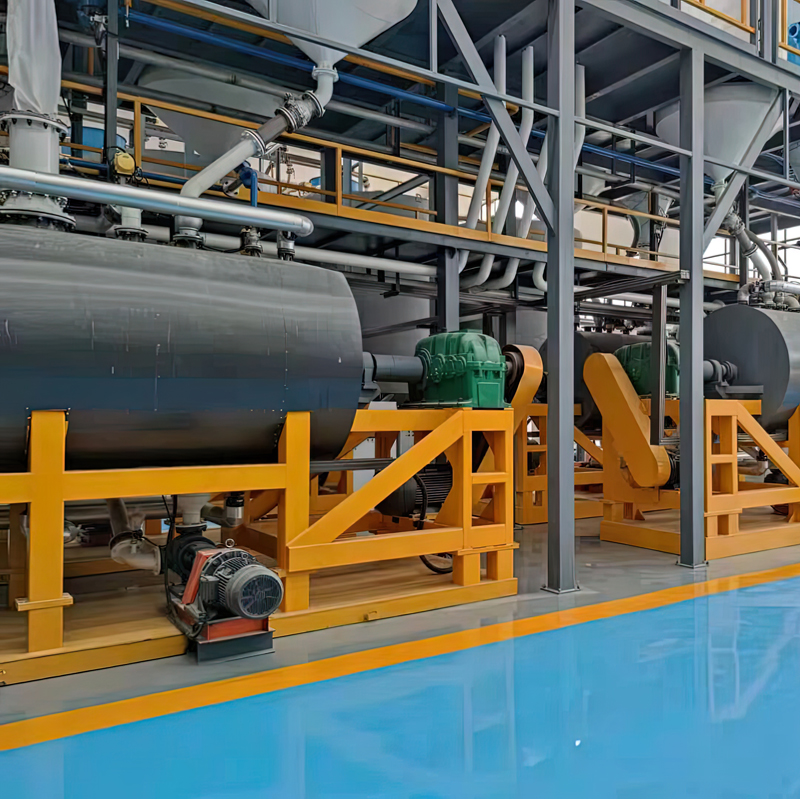
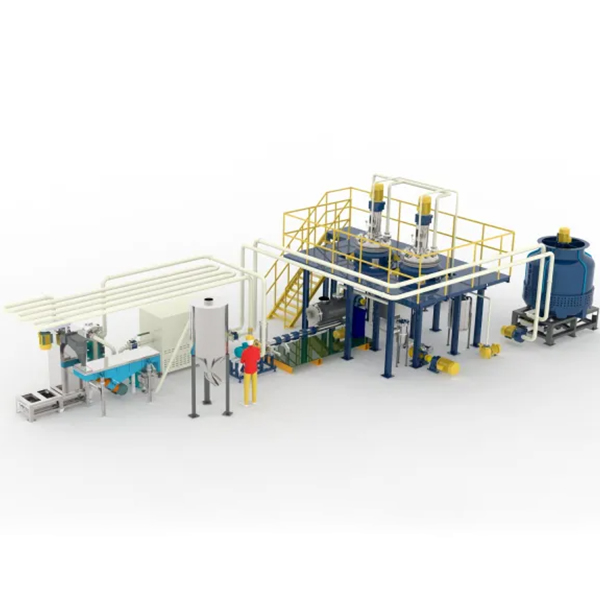

 Tel
Tel
 Email
Email
 Address
Address










